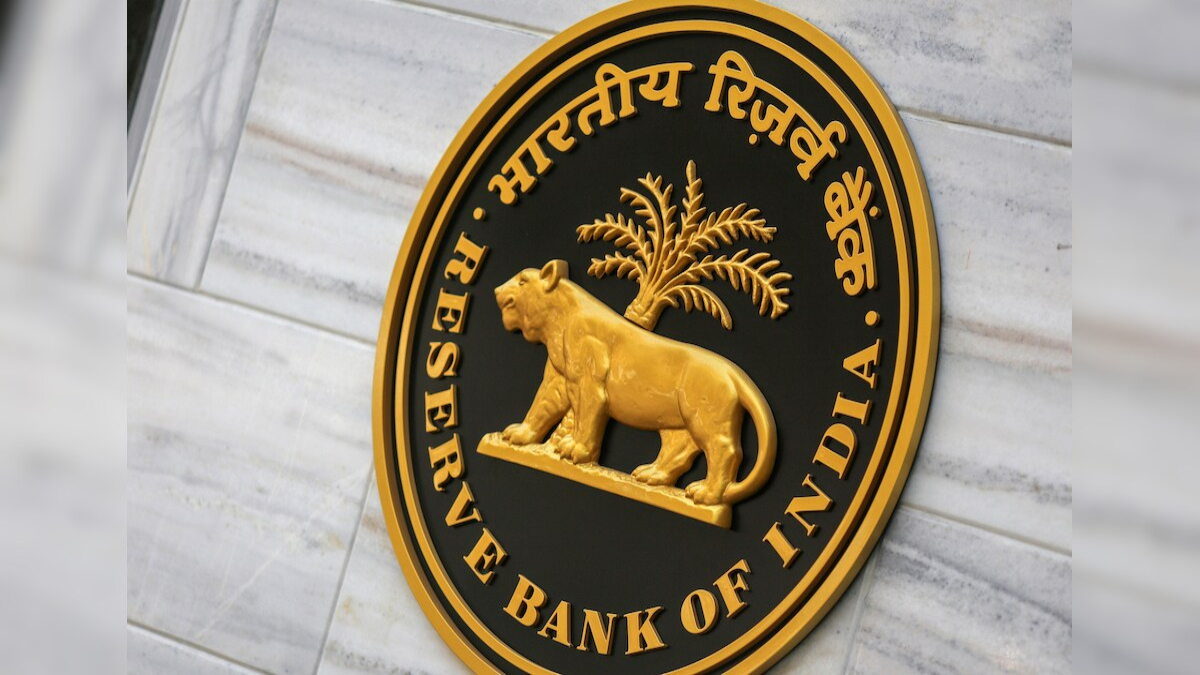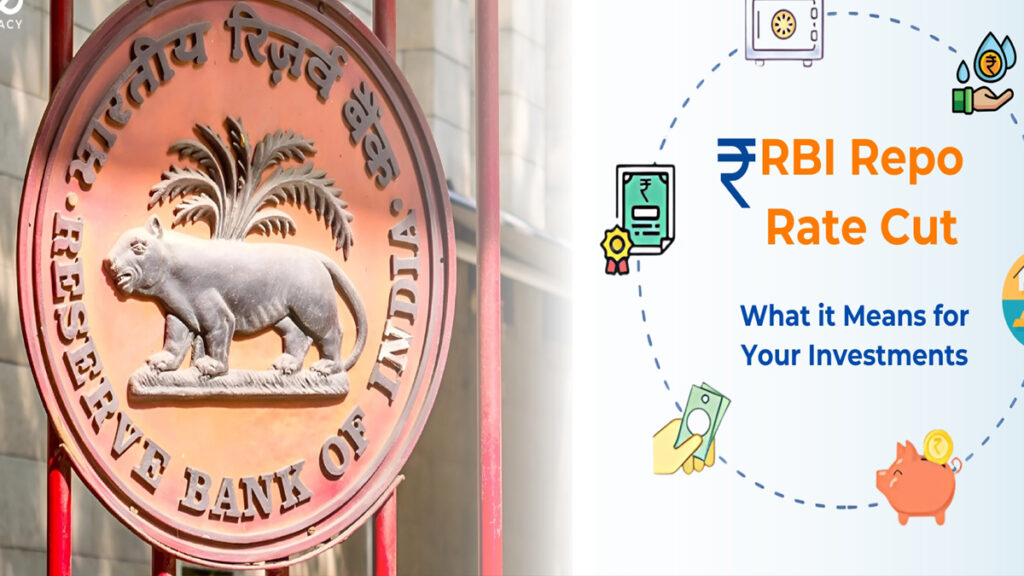Now Reading: RBI Broadens Scope for Working Capital Loans, Including Gold as Raw Material for All Manufacturers
-
01
RBI Broadens Scope for Working Capital Loans, Including Gold as Raw Material for All Manufacturers
RBI Broadens Scope for Working Capital Loans, Including Gold as Raw Material for All Manufacturers

In a significant move poised to enhance liquidity and ease of doing business for the manufacturing sector, the Reserve Bank of India (RBI) has expanded the eligibility criteria for working capital loans against gold used as a raw material. Previously, this specific exemption from the general prohibition on lending against primary gold or silver was narrowly available only to jewellers. The central bank’s updated directive now extends this provision to all manufacturers who utilize gold as a core raw material in their industrial or production processes.
This relaxation, announced through a circular, is effective from October 1, 2025, and marks a conscious effort by the RBI to provide greater financial flexibility to a wider spectrum of the manufacturing industry. Banks, including Scheduled Commercial Banks (SCBs) and now certain Urban Co-operative Banks (UCBs) in Tier 3 and 4 cities, are now permitted to grant need-based working capital loans to any borrower that uses gold in their manufacturing activities. This is distinct from—and continues to prohibit—lending for the mere purchase of gold for speculative or investment purposes.
Impact on the Manufacturing Sector
The broadened lending scope is expected to have a particularly positive impact on small and medium-sized enterprises (SMEs) within the manufacturing ecosystem that rely on gold as an input, such as specialized electronics, certain chemical industries, and, of course, the broader gems and jewellery sector. By gaining access to working capital linked to their raw material inventory, these businesses can manage their cash flow more efficiently, fulfill larger orders, and ultimately, stimulate production and economic growth.
Before this change, manufacturers outside the traditional jewellery segment often faced challenges in securing financing against their gold inventory. The RBI’s directive provides a much-needed financial lubricant, enabling manufacturers to unlock the value of their raw gold stock without diverting capital from other operational needs. This regulatory change aligns with the central bank’s broader objectives of enhancing credit availability and improving the overall financial health of key industrial segments.
In addition to expanding the gold lending rules, the RBI also introduced other measures to increase flexibility for both banks and borrowers, including allowing banks to adjust interest rate spreads on floating-rate loans more frequently for the benefit of the borrower. These simultaneous moves collectively indicate a push toward modernizing lending norms and injecting more dynamism into the credit market.
The RBI’s decision to permit working capital loans to all manufacturers using gold as a raw material is a strategic policy tweak that shifts the focus from discouraging gold speculation to actively supporting productive industrial usage, ensuring that capital flows into the real economy.









